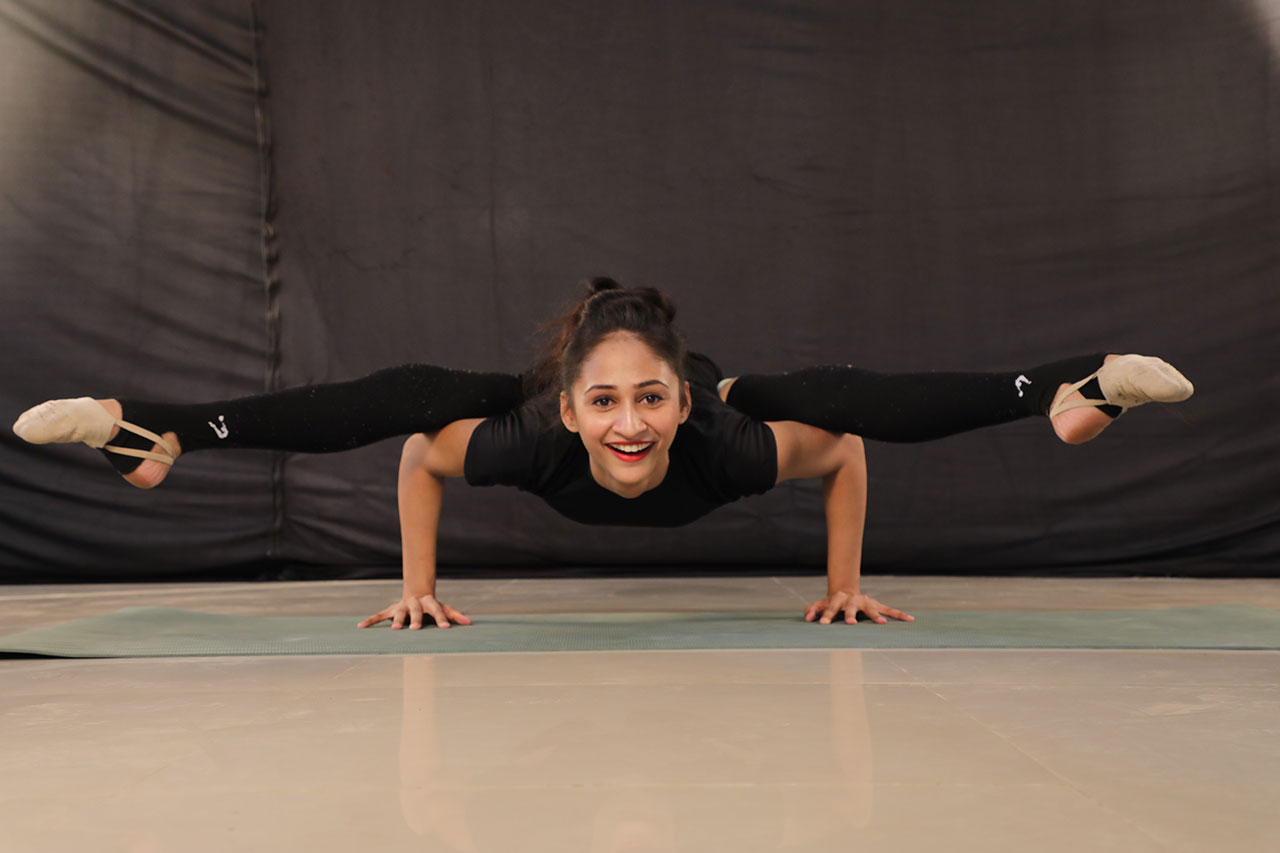A strong, stable core is essential for smooth movement, good posture, and injury resilience. While crunches work the rectus abdominis, yoga targets the entire core system – front, sides, and back. Integrating standing balances, arm supports, and focused abdominal work makes yoga an extremely effective way to sculpt a strong center.
Table of Contents
You may also want to know: How to Start a Yoga Practice
Anatomy of the Core
The core refers to the muscular system that stabilizes the spine and pelvis. Key components include:
- Rectus abdominis – Front sheath linking pubis to the sternum. Creates abdominal compression.
- Obliques – Internal and external oblique muscles on the waist sides that enable trunk rotation.
- Transverse abdominis – Deepest layer that wraps around the abdomen like a corset for stability.
- Erector spine – Two vertical bands of muscle extending along the spine for extension and arching.
- Pelvic floor – Layer of muscles supporting pelvic organs and controlling urine flow.
- Multifidus – Small stabilizing muscles along the vertebrae. Help extend and rotate the spine.
Yoga poses target these muscle groups through functional movement patterns to build 3-dimensional core fitness.
Yoga Poses to Build Core Strength
Planks – Plank pose and variations like side plank and dolphin plank tone abdominals while teaching tension control.
Boat – The boat pose balances on the tailbone and sits bones, drawing the belly firm.
Navasana – Boat with legs extended leverages core control to lift legs and torso.
Upward Dog – Backbend pose activates spine extensors and firms the abdominal wall.
Locust – Prone backbend engages back muscles in extension. Adds leg lift for balance.
Dancer – Standing backbend challenges balance while contracting abdominals.
Standing poses – One-legged balances like a tree or dancer rely on core stability.
Arm balances – Poses like a crow or side crow require core tension to lift hips overhead.
Chaturanga – Low push-up strengthens arms while abdominals stabilize the body in a straight line.
Ab series – Seated alternate leg lifts, bicycle crunches, and straight leg V-sits can build focused abdominal strength.
Bridge – The hip lift pose engages the glutes, hamstrings, and core.
Goddess squat – Sumo squat with knees out leverages inner thigh strength to stabilize.
Chair pose – Squatting with arms up engages the core to hold the posture upright.
Yoga sequencing trains the core via steady holds, dynamic transitions, and multi-plane movements.
Holistic Lifestyle Tips for Core Strength
Support your practice with these daily habits:
- Sit tall – Maintain an upright posture to keep your core engaged. Avoid slouching.
- Walk more – Low-impact cardio strengthens core endurance.
- Lift safely – Keep back neutral for core support when bending and lifting.
- Watch diet – Limit foods that cause bloating or obesity placing strain on abdominals.
- Manage stress – Anxiety releases cortisol, which directs fat storage around the middle.
- Rest well – Recharge core muscles with adequate recovery time.
A strong, toned core provides the backbone for yoga practice, graceful mobility, and resilience in work and life. Yoga synthesizes focused strengthening with whole-body integration. By progressing mindfully through core-centric poses, you’ll cultivate steadiness, ease, and agility from the center outward.
Related Links:
https://en.wikipedia.org/wiki/Yoga
